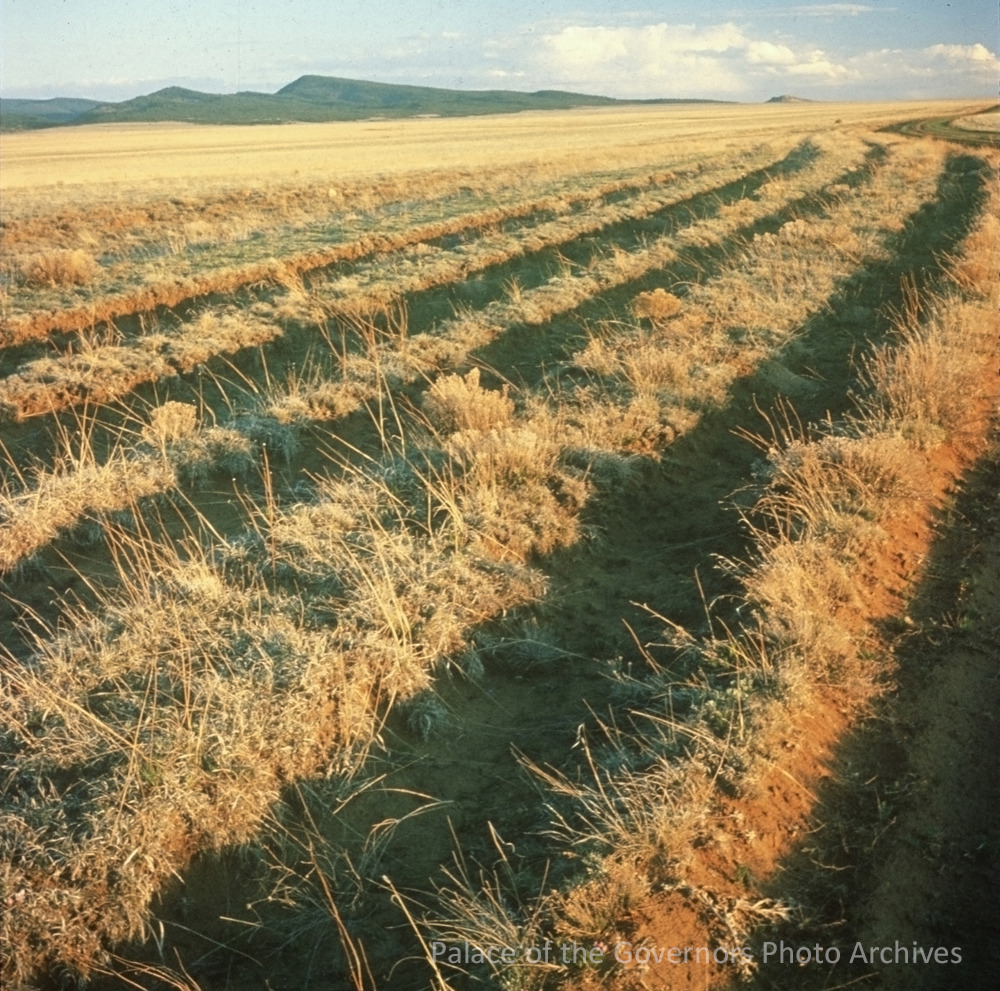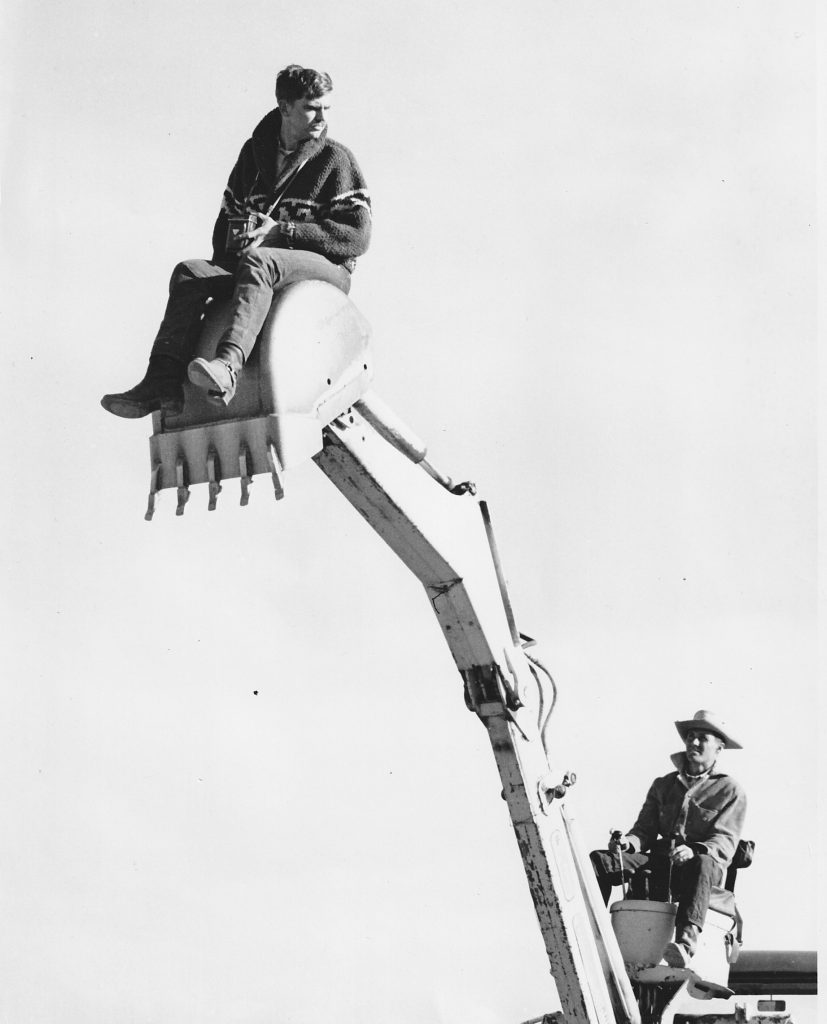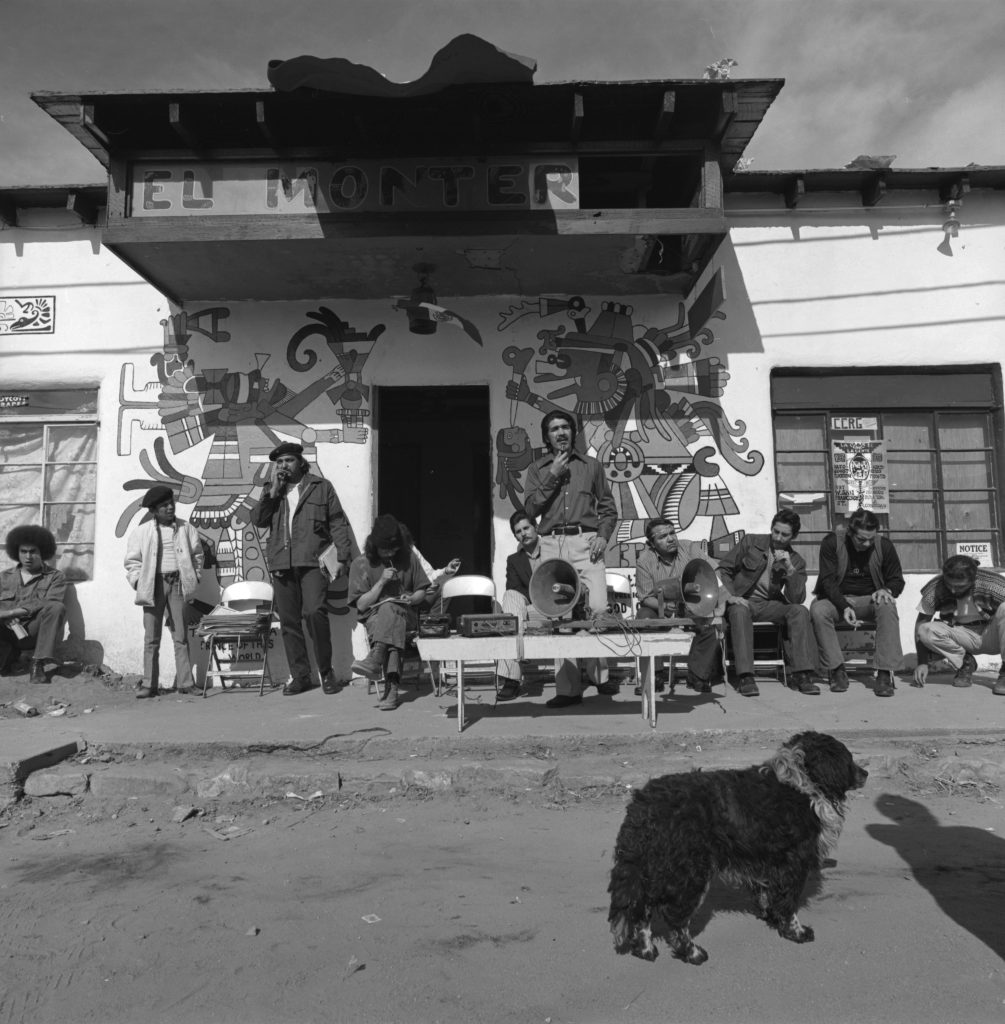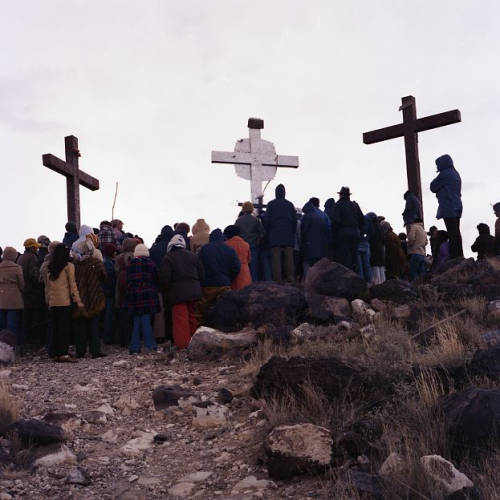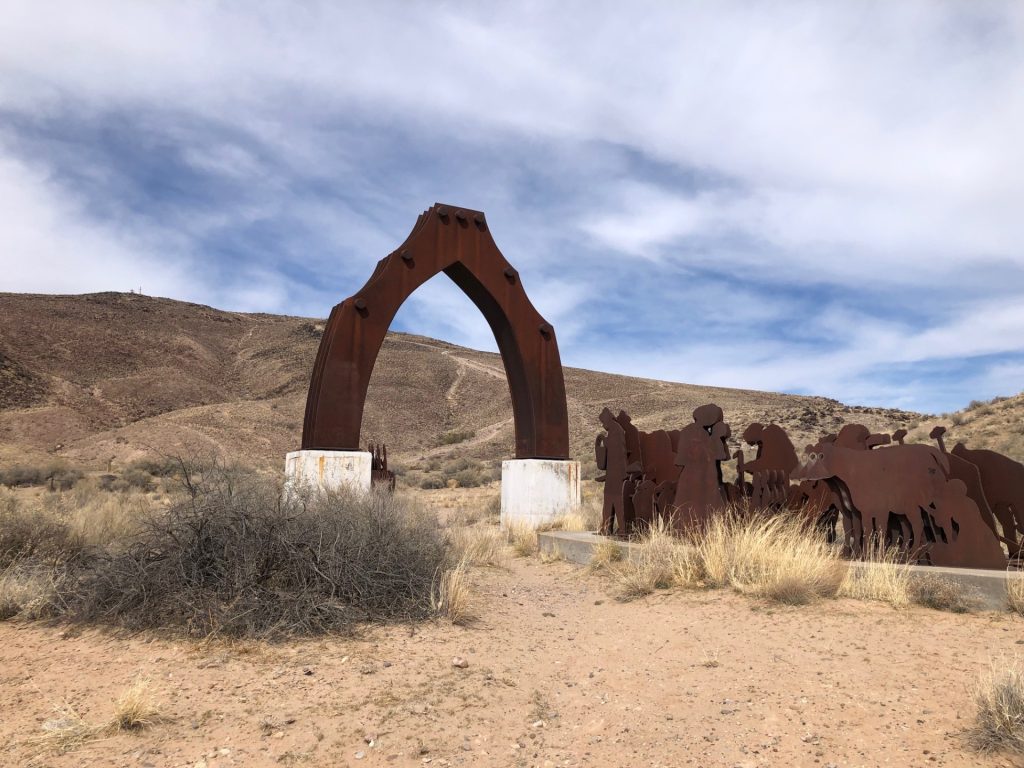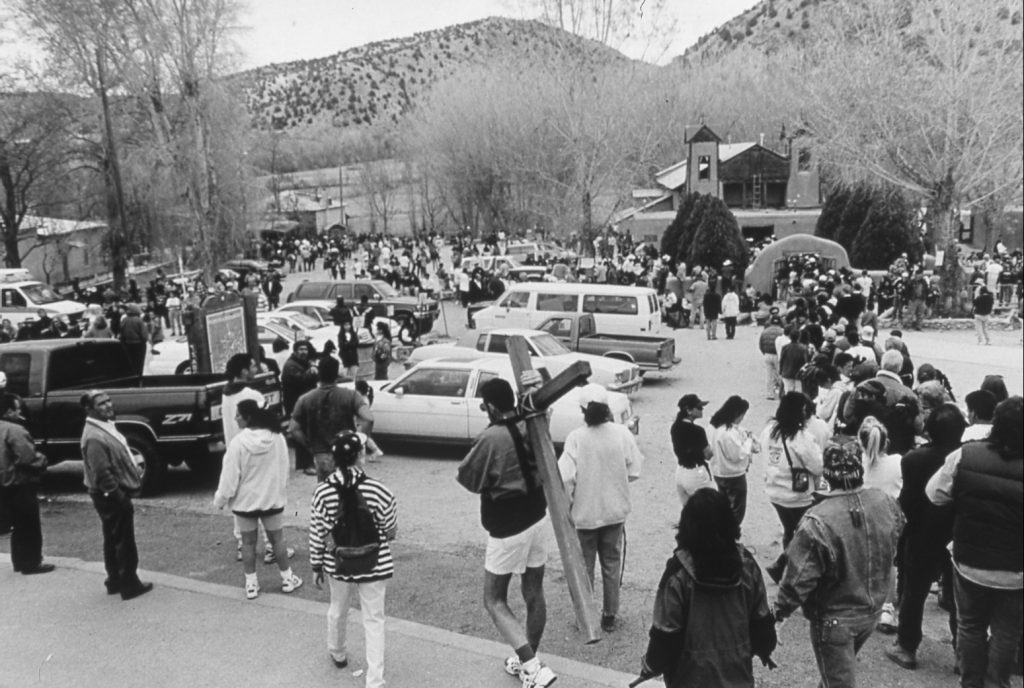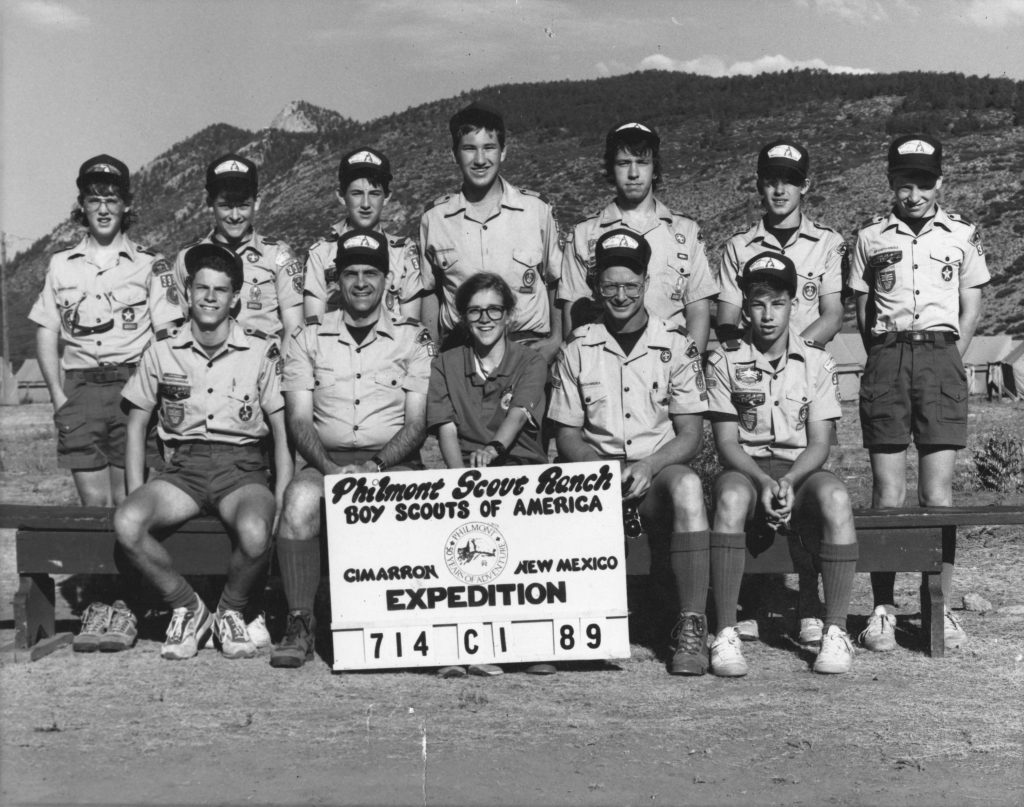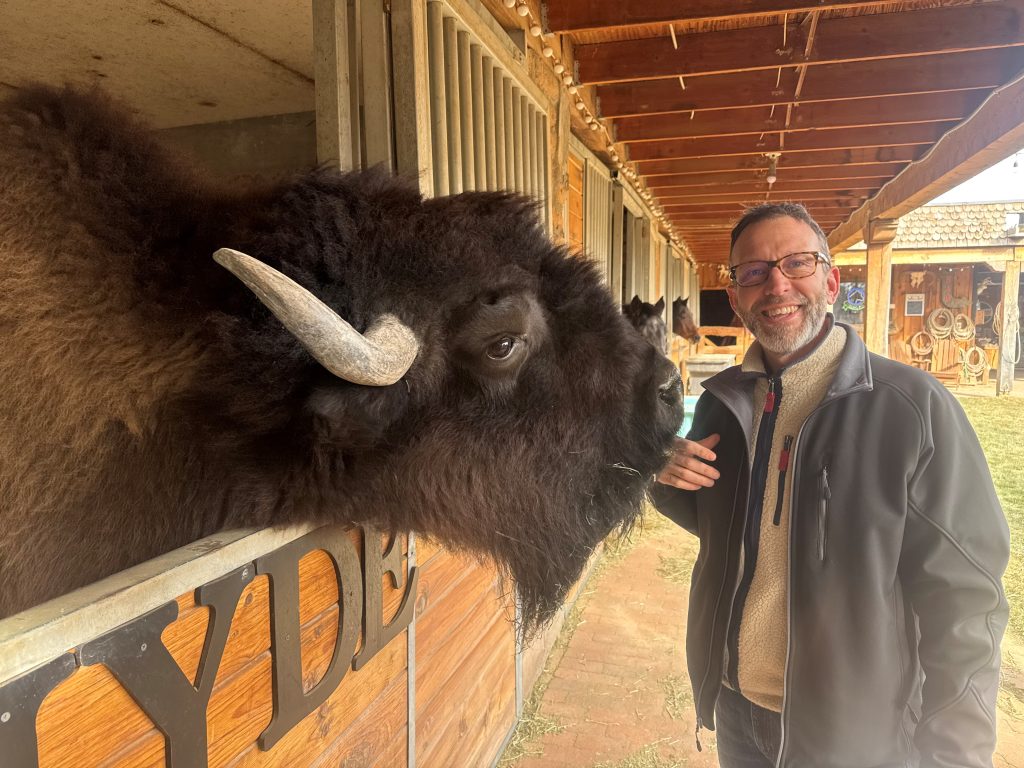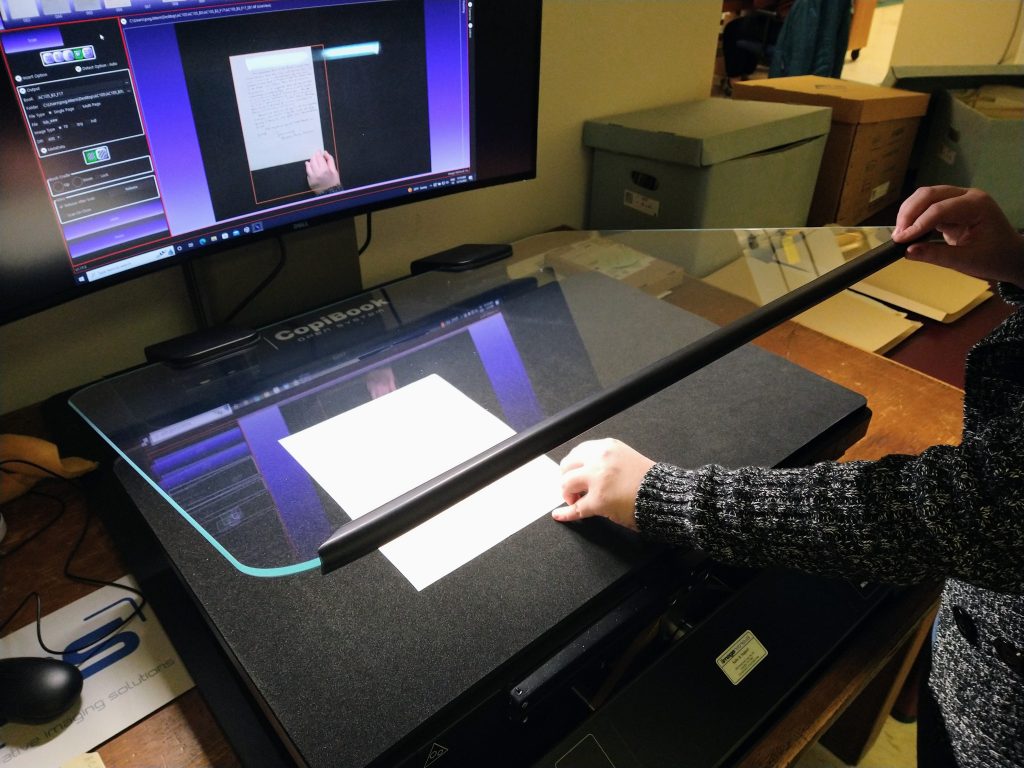Jo Whaley Scottish Rite Theatre Exhibition Prints
Santa Fe photographer Jo Whaley’s stunning images from her documentation of the Santa Fe Scottish Rite Temple have been processed and are now available. Built in 1912, the Masonic Temple is an iconic feature in Santa Fe. The scenic backdrops still preserved in the historical theater were used by the Masons for degree productions and were the height of dramatic innovation when they were created by M. C. Lilley & Co. and installed in the theater.

Finding Aid: Jo Whaley: Scenes from the Santa Fe Scottish Rite Temple Theatre Photograph Collection | New Mexico Archives Online
Digital Collection: Jo Whaley: Scenes from the Santa Fe Scottish Rite Temple Theatre | NMHM Digital Collections
Related Book: The Santa Fe Scottish Rite Temple | Museum of New Mexico Press
Doodá Desert Rock: Naamehnay Project
This recently described collection contains the work of photographer Carlan Tapp related to the Doodá Desert Rock initiative, a movement begun by Diné (Navajo) elders and activists to resist the development of the proposed building of the Desert Rock Power Plant in the Four Corners region of the Navajo Nation. Tapp documented the effects of coal-burning electrical power plants on the Diné people and the landscape of the Navajo Nation, as well as Diné resistance to the plants, between 2005 and 2013.

Capp exhibited images from this body of work under the title “A Question of Power.” A version of this exhibition will appear at the New Mexico History Museum in 2027.
Finding Aid: Doodá Desert Rock: Naamehnay Project Collection | New Mexico Archives Online
Exhibit: A Question of Power – New Mexico History Museum


